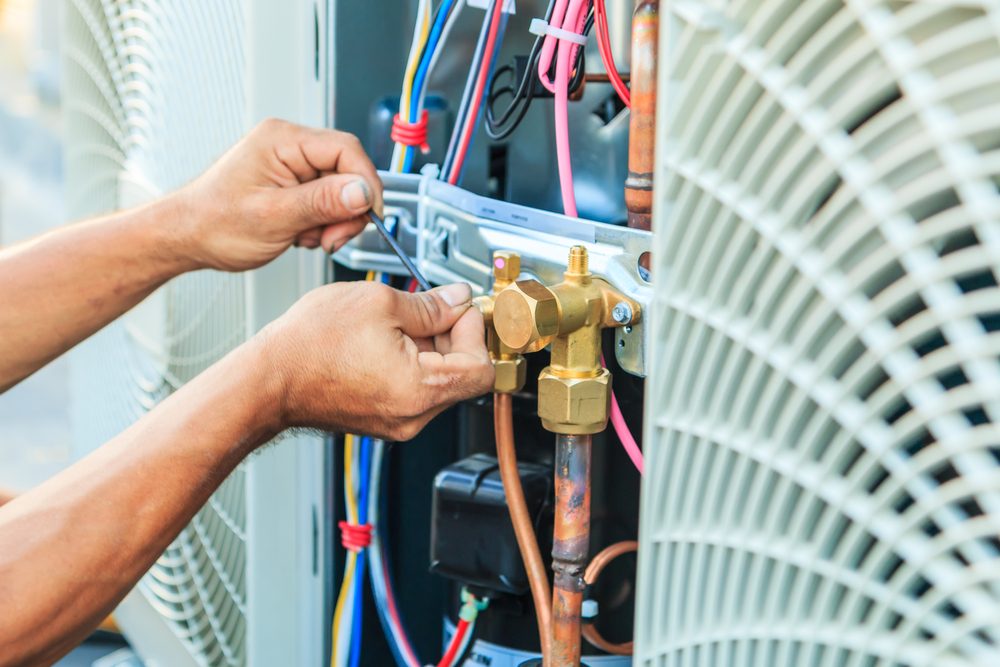In the current environment, where we often find ourselves indoors, the importance of clean air cannot be overstated. look at this site and pollutants can easily accumulate in indoor spaces, aggravating allergies and respiratory issues for many individuals. One of the best methods to combat these airborne irritants is through the use of an HVAC system. Understanding how to leverage your climate control system can lead to a significant improvement in your indoor air quality.
This article will explore practical strategies to reduce allergens using the climate control system. Whether you're a homeowner looking to enhance comfort or someone keen on understanding the basics of HVAC, you'll find insights into the proper maintenance of your system, picking effective air filters, and maximizing airflow to create a healthier living environment. Let’s dive into how your HVAC system can work not just to regulate temperature in your home, but also to ensure the air you breathe is purified and free of allergens.
Comprehending HVAC Systems
HVAC is the Heating, Ventilation, and Air Conditioning, which are critical parts of contemporary indoor climate control. This system operates to ensure pleasant living and working settings by controlling heat, humidity, and air cleanliness. An HVAC infrastructure can be unified or distributed, with various configurations crafted to cater to diverse types of buildings and specific needs. Comprehension of how these mechanisms perform is important for property owners and organizations alike.
The thermal element of an HVAC system often comprises furnaces, pump heaters, and boilers, that function to produce warmth throughout frigid seasons. These units employ various energy sources, such as electricity, methane, or petroleum, to create heat and distribute it throughout the area via ventilation systems or heaters. Conversely, cooling units are tasked with cooling indoor air in warmer months, using refrigerants to absorb and displace heat outside.
Air circulation is another essential feature of HVAC installations, as it ensures fresh air circulation and preserve interior air quality. This process entails both uncontrolled and forced methods to provide outdoor air and expel stale air. Adequate ventilation not only minimizes allergens and pollutants but also stops issues like mold growth and excessive humidity, making it integral to a healthy indoor setting.

HVAC Servicing and Efficiency
Consistent servicing is crucial to ensure your HVAC system running efficiently. This comprises swapping air filters frequently, ideally once every 1-3 months, according to usage and the kind of filter you have. A clean filter allows for optimized airflow, which enables your system work more efficiently to maintain a comfortable temperature in your house. Additionally, arranging regular expert inspections can assist detect potential issues before they become pricey repairs, ensuring that your system operates at maximum efficiency year-round.
Effective ventilation also holds a crucial role in maintaining HVAC efficiency. Keeping vents and ducts clear of obstructions permits air to flow freely throughout your home. It is vital to check and clean your air ducts at intervals, as dirt and grime can build up over time, leading to reduced airflow and escalated energy costs. By ensuring that your HVAC system has the necessary airflow it needs, you can improve its efficiency and extend its lifespan.
Putting effort in regular maintenance not only boosts the efficiency of your HVAC system but can also result in considerable savings on your energy bills. When your system is functioning well, it uses less energy to warm or chill your home. Adaptive thermostats can support this by adjusting temperature settings based on your lifestyle and needs, further lowering energy consumption. Maintaining your HVAC system with a focus on efficiency can foster a more comfortable living environment while keeping your costs in order.
Boosting Interior Air Quality
Boosting indoor air quality is crucial for supporting a wholesome living space, and your HVAC system plays a critical role in this process. A properly working HVAC unit helps remove out pollutants such as particles, plant spores, animal fur, and additional allergens that can trigger allergies and respiratory issues. Routine upkeep, including updating filters and servicing ducts, makes sure that your unit operates efficiently and effectively promotes clean air circulation throughout your home.
A significant factor of improving indoor air quality is suitable ventilation. Implementing ventilation techniques can help remove stale air and introduce fresh outdoor air. Modern HVAC units often come fitted with ventilation capabilities that instinctively adjust airflow based on indoor air quality indicators. This not only helps lessen indoor contaminants but also minimizes humidity levels, which can stop the growth of mold and mildew.
In conclusion, choosing the appropriate air filters is crucial for trapping harmful allergens. High-Efficiency Particulate Air (HEPA) filters are crafted to capture tiny particles, making them ideal for those allergic to allergens. Upgrading to these advanced filters can notably improve your home's indoor air quality, helping you breathe more freely and fostering a better living space for you and your family.
